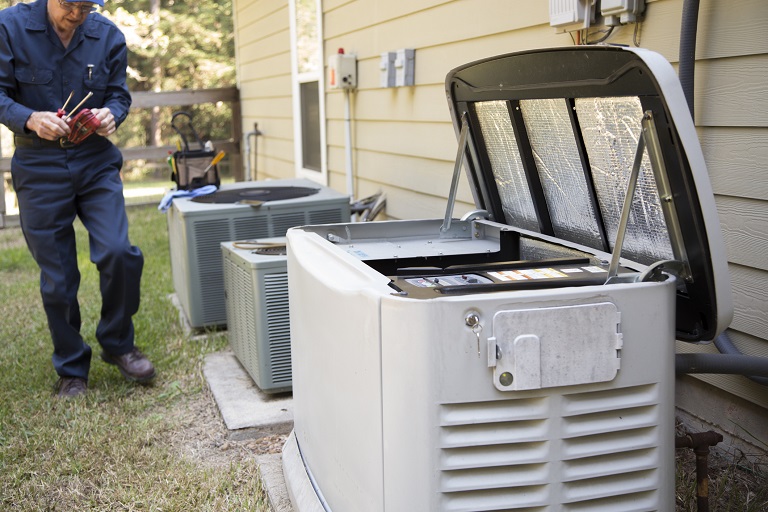
Rider Electric
Rider Electric
Rider's Electrical Service is committed to excellence in every aspect of our business. We uphold a standard of integrity bound by fairness, honesty, and personal responsibility. Our distinction is the quality of service we bring to our customers. Accurate knowledge of our trade combined with ability is what makes us true professionals. Above all, we are watchful of our customers interests and make their concerns the basis of our business.
"Matt did a wonderful job installing a new outlet and multiple light fixtures for us. Would absolutely recommend and hire again!"
Sara B on September 2020
Rider's Electrical Service is committed to excellence in every aspect of our business. We uphold a standard of integrity bound by fairness, honesty, and personal responsibility. Our distinction is the quality of service we bring to our customers. Accurate knowledge of our trade combined with ability is what makes us true professionals. Above all, we are watchful of our customers interests and make their concerns the basis of our business.
"Matt did a wonderful job installing a new outlet and multiple light fixtures for us. Would absolutely recommend and hire again!"
Sara B on September 2020













